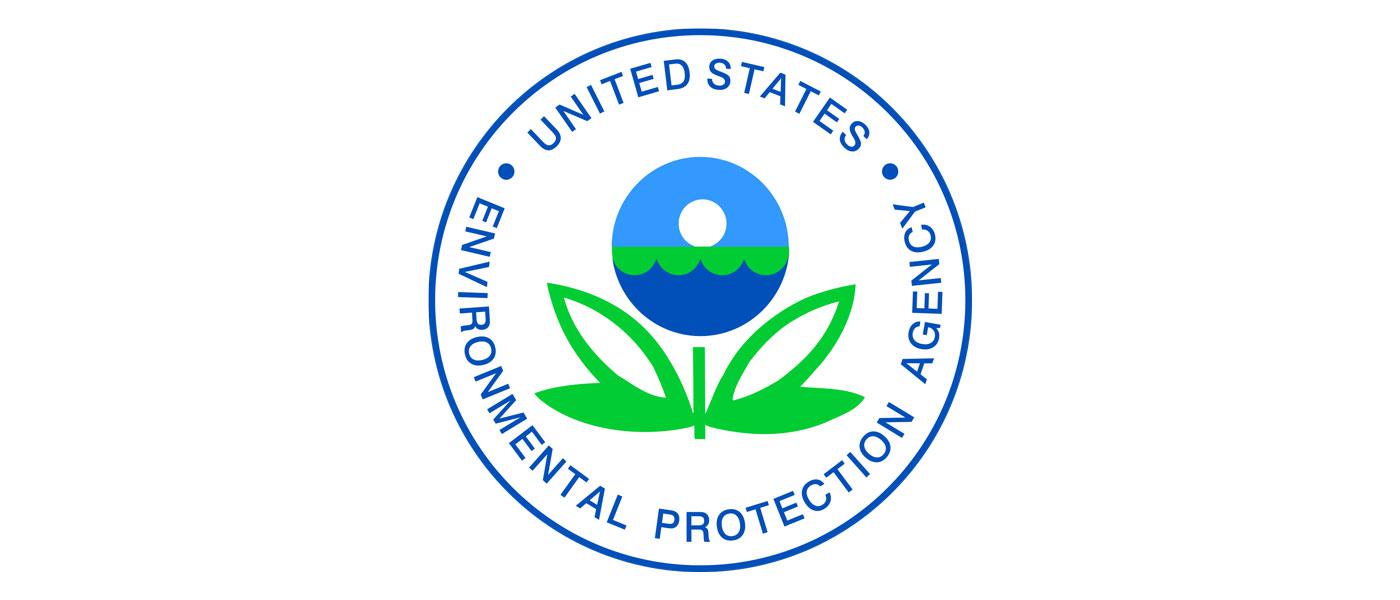EPA Updates Vehicle And Engine Tampering Policy

The United States Environmental Protection Agency (EPA) has issued an update to its Tampering Policy, which pertains to vehicle and engine tampering and aftermarket defeat devices under the Clean Air Act. The new memo replaces the prior enforcement, Memorandum 1A, which has been in place since 1974.
The revision states: EPA typically does not take enforcement action for conduct that might be a violation of section 203(a)(3) of the Clean Air Act if the person engaging in the conduct has a documented 'reasonable basis' to conclude that the conduct (or, where the conduct in question is the manufacturing or sale of a part or component, the installation and use of that part or component) does not and will not adversely affect emissions. This Policy Statement does not apply, however, to conduct affecting an OBD system, which may be subject to enforcement regardless of effect on emissions.
The revised policy better defines the "reasonable basis" with six circumstances, including:
- Identical to EPA-certified configuration.
- Emissions testing for replacement after-treatment systems for older vehicles, engines, and equipment.
- New after-treatment systems that decrease emissions.
- Emissions testing shows vehicle, engine, or part complies with emissions standards.
- EPA Certification of an aftermarket part.
- CARB (California Air Resources Board) Exemption of aftermarket part.
With the memo, the EPA explains that officials expect documentation of the "reasonable basis," including during the sale or installation of an aftermarket product or a vehicle's service.
The policy also details considerations such as labeling, marketing materials, recordkeeping, testing, and more that the aftermarket parts industry need to be aware of to comply. In addition, the EPA notes they will not provide a pre-approved "reasonable basis."
Notably, the Tampering Policy does not address vehicles initially built for non-road competition use, cars converted for use solely in competition motorsports, or aftermarket parts purportedly manufactured or sold for those purposes.
In related news, EPA seeks input regarding its ongoing evaluation of the 1986 Catalyst Policy, including a future decision to update or withdraw the policy potentially.
For more information, visit the EPA Tampering Policy here or epa.gov.
 MEMBERSHIP LOGIN
MEMBERSHIP LOGIN JOIN PRI
JOIN PRI


